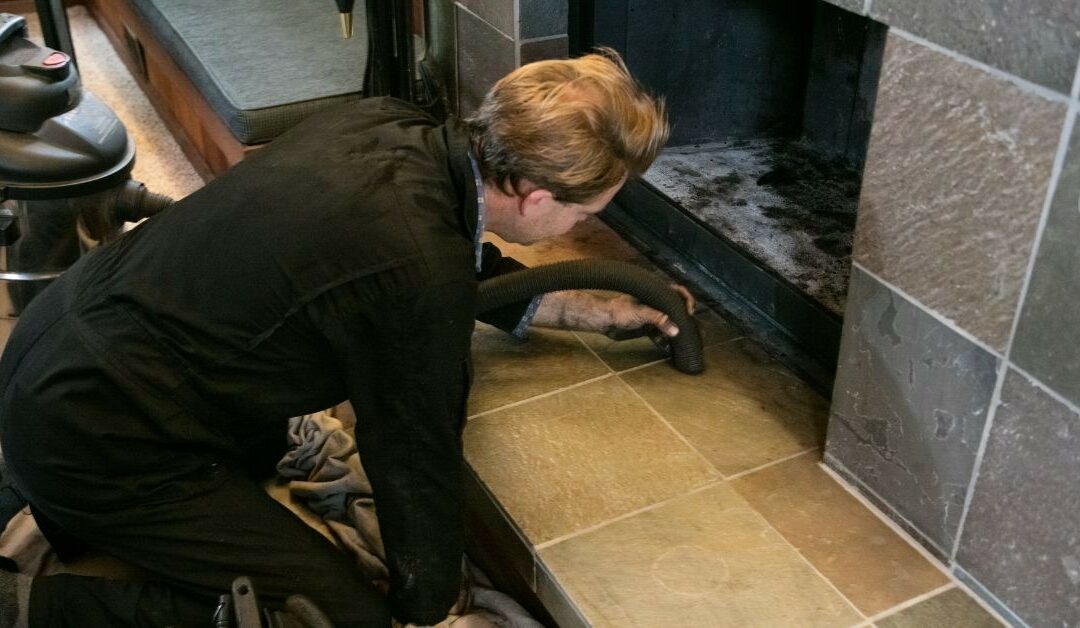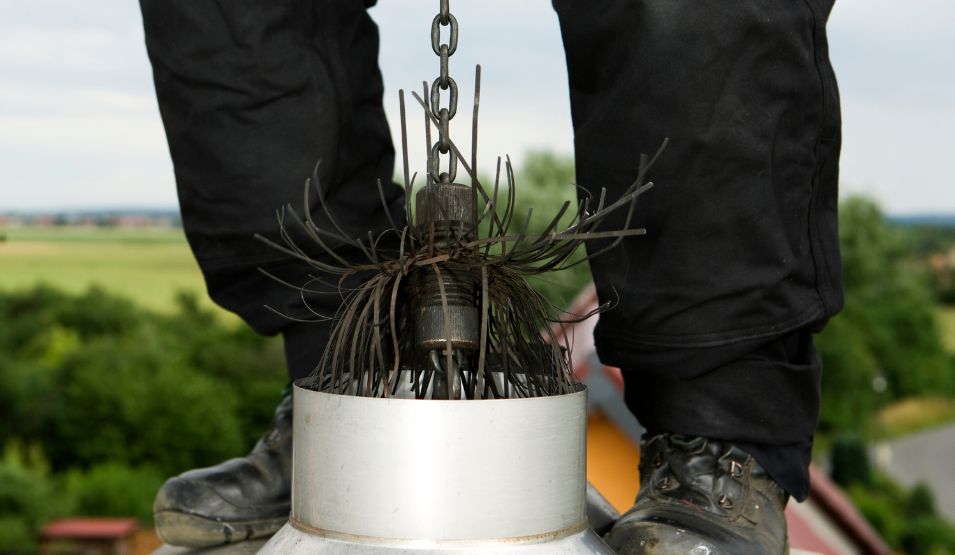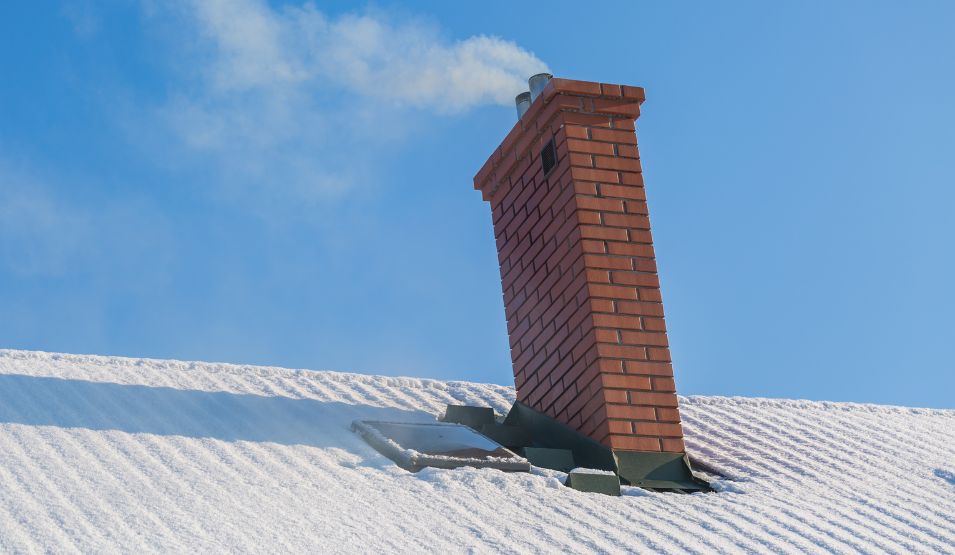It is critical to have your chimney cleaned and swept regularly. Maintaining a clean chimney prevents creosote build-up, reduces the chance of a chimney fire, and protects your home from damage and harmful gasses.
At Touch of Glass, we advise our clients to have their chimney cleaned twice a year, because regardless of the type of fuel used, every smoke produces an oily build-up of soot and creosote.
What is a Creosote Buildup?
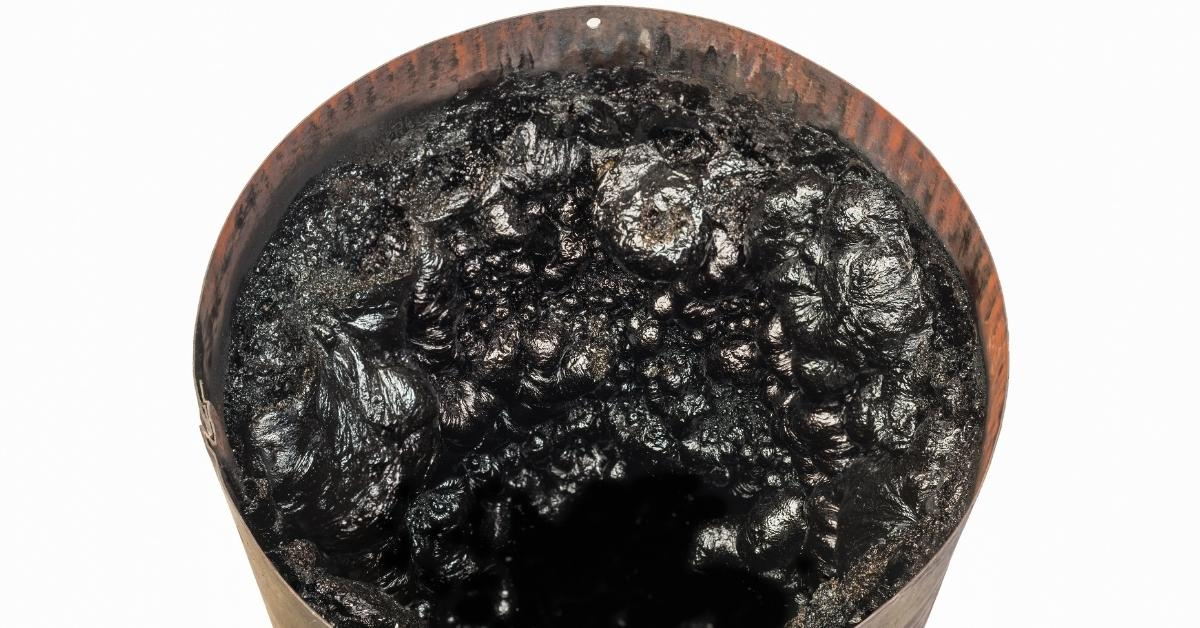
Creosote is a highly flammable residue that builds inside a flue and results from the burning of fossil fuels, such as wood, coal or turf.
Any normal wood-burning fire will produce minor creosote buildup; however, if more creosote is produced than usual, such as a result of frequent poorly burning fires, the creosote may build up into thicker layers, causing long-term problems and more noticeable concerns, such as a chimney fire.
There are three stages of a creosote buildup:
First Degree
– involves a lot of soot, but it’s easy to clean with a chimney brush. This happens when there is good quality combustion of the fuel at a high temperature.
Second Degree
– second-degree creosote presents as a shiny black deposit of tar much thicker than the previous phase. In the early stage of phase two, brushing can remove the residues.
Third Degree
– is the critical stage of a Creosote build-up. Third-degree creosote presents as a thick black tar coating on the side of the flue and is capable of causing chimney fires. This happens when the flue temperatures are low and combustion is incomplete. This stage of creosote cannot be removed by brushing and requires special tools. If you suspect your chimney might suffer from third-degree creosote, better call your trusted chimney cleaning company to fix this problem.
To avoid creosote buildup, hire chimney cleaning Laois!
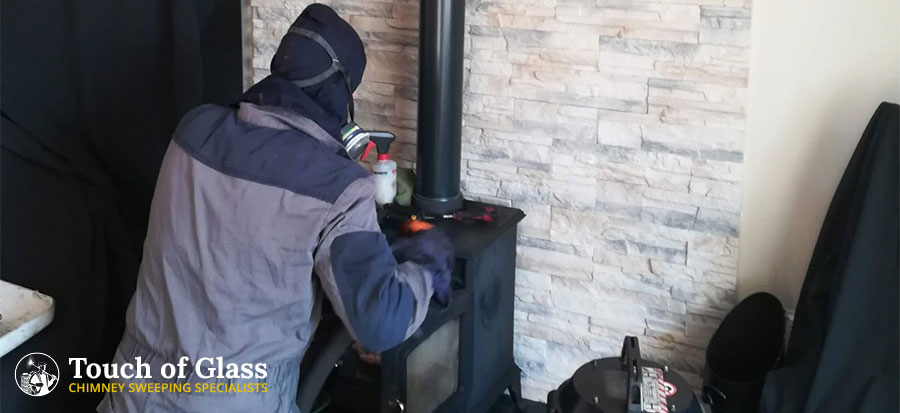
How often do you need to clean your chimney?
We suggest that you have your chimney thoroughly cleaned twice a year. But, this depends on how often you use your fire and what fuel you burn:
Smokeless fuels – At least once a year
Wood/Turf – Up to 4 times a year
Coal / Slack – twice a year
Only an experienced chimney sweep can verify whether or not your fireplace is safe to use. Because many chimney fires go undiscovered, annual inspections can even reveal an issue you weren’t aware of.
For your peace of mind, only hire professional chimney cleaners that have proven themselves through experience, like Touch of Glass. Our chimney cleaners have the right tools and knowledge on how to properly remove the build-up of flammable soot and tar deposits within the chimney flue. Besides the proper removal of creosote, we can give you advice on how to maintain your chimney to lessen this build-up, and can conduct thorough inspections to see if other steps are necessary than just cleaning it.
Can I avoid cleaning my chimney if I don’t use it regularly?
Even though you are not using your chimney regularly, it is not a good reason to avoid cleaning it. Because fireplaces can degrade structurally due to water or impact damage and become clogged with debris or pests, it’s ideal to have them inspected and cleaned at least once a year.
CCTV Chimney Inspection to check cracked flue and creosote build-up
A cracked flue liner is impossible to see without getting a professional CCTV Chimney inspection. We at Touch of Glass have CCTV inspection specialists equipped with the latest cameras to carry out this job. To be able to see everything clearly on the camera, your chimney must be cleaned to eliminate soot and creosote build-up.
The camera will then be inserted into the chimney, and a full recording will be made from top to bottom. The recording will then be burned onto a CD and handed over to you. This information can be used for insurance purposes, fire and safety compliance, or to provide to your architect.
Suppose you are looking for reliable and trusted chimney cleaners that can give a thorough cleaning to your open fire or stove fireplace. Don’t hesitate to contact us. We’d be happy to help.
Lastly – Don’t underestimate the benefits of a chimney cowl. We provide several different types, but they all provide the same protection. Even keeping rain out is a major plus when it comes to fire safety. Take for instance the situation you may have with all the hot weather.
The chimney becomes like an oven. With that kind of ambient heat, it can cause soot and creosote deposits to crack, lift and fall to the bottom of your chimney. To make matters worse, throw a couple of heavy showers without a cowl, and you will encourage more breakaway soot deposits, all gathering dangerously at the root of your chimney. Now there is a chimney fire waiting to start, as once you light a fresh fire, you have all this highly flammable matter close to the lit fire, and all it takes is a spark or two.
Be safe – have your chimney cleaned on a regular basis.
Paul Brown,
Touch of Glass.

